Vivaldi’s op.8 set of violin concertos – including the Four Seasons – was an early inspiration for the British Baroque violinist and founder of the orchestra La Serenissima
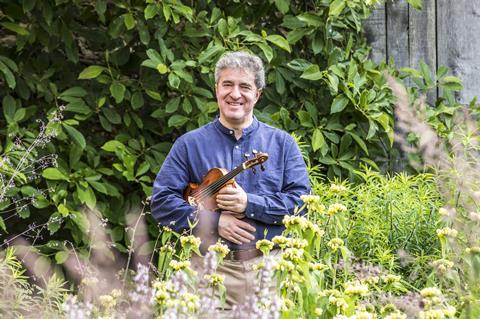
Discover more Featured Stories like this in The Strad Playing Hub.
Read more premium content for subscribers here
I was ten years old when I heard the whole of Vivaldi’s Four Seasons for the first time. I’d started learning the violin two years earlier, and I’d already had a go at playing the composer’s A minor Concerto op.3 no.6 and liked it. So at Christmastime I noticed BBC Radio 3 was airing a concert by the Academy of St Martin in the Fields which included the Four Seasons, with Iona Brown as soloist. She was such a great player and I immediately thought that these were a jaw-dropping set of pieces. It was only later that I discovered they were part of a much larger set of twelve concertos, The Contest between Harmony and Invention, which stimulated my curiosity even more.
The first of the op.8 concertos I tried to play myself was no.7 – probably the oldest concerto in the set, and one of the only ones I could borrow from Liverpool Central Library. It was a few years later, when I’d moved to Colchester, that I started working on them seriously with my teacher. The first one was ‘Autumn’, possibly the trickiest one of the lot, and I certainly had to improve my technique in order to play it. The first movement takes exceptional coordination, while the finale contains sextuplets that most people play slurred – even though there are no slurs in the manuscript. You can bodge it to a degree but you do need to hear all the notes.
I started playing the Baroque violin when I was 16. For a short time there was an Essex Youth Baroque Orchestra run by Peter Holman, who founded the Parley of Instruments. Although the players all used modern instruments, he coached the strings in a Baroque way, which piqued my interest. So when I started at the Royal College of Music I was already quite well versed in Baroque performance, although my tutor Rodney Friend once called the Baroque timpani’s timbre ‘like a biscuit tin being kicked round a football pitch’! He had some brilliant ideas all the same; the last movement of ‘Autumn’ has a passage that I could never make clean, and he came up with an unconventional fingering starting on an up bow that no one else could have thought of. Baroque treatises usually advise starting on a down bow – but then again, Tartini said you should be able to play anything ‘back to front’.
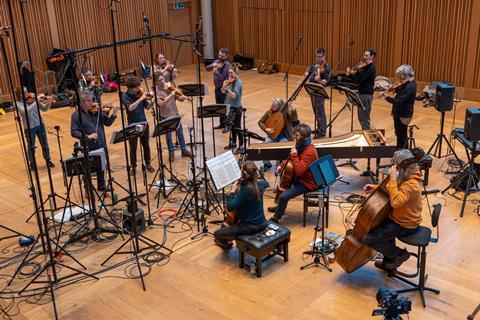
Rodney’s advice was always: if you have a problem with something, first of all work out exactly what it is and why it’s there. Then you’ll already be 90 per cent of the way to solving it. I think that’s the best advice for playing difficult passages in works by Vivaldi or any other composer.
Vivaldi was obviously a bit of a nutter. The sheer energy it takes to play the op.8 concertos tells you that he was an incredibly virtuosic player himself, and it all comes out in the score. The fast movements are relentlessly energetic, while the slow movements are unbelievably beautiful and soulful; real tear-jerkers where the composer wears his heart on his sleeve. That said, every solo part sits well on the instrument, such that you can tell it must have been written by a violinist. There are many pieces written by non-violinists that are tricky because they’re aren’t written idiomatically. With Vivaldi, it’s just because it’s really hard! No.5, ‘La Tempesta di Mare’, for example, has absolutely brilliant passagework, but I’d recommend all violinists play the concertos for the sheer exuberance of it.
Next year will be the 300th anniversary of the publication of op.8, and also the 30th of our ensemble, La Serenissima. So we’re going to be recording a set of the concertos as two separate releases. The first is recorded and we’ll put the rest together in the autumn.
INTERVIEW BY CHRISTIAN LLOYD
Read: Violinist Aisha Syed Castro on performing Vivaldi and Piazzolla’s Four Seasons
Read: 5 reasons why Vivaldi inspires me
Discover more Featured Stories like this in The Strad Playing Hub.
Read more premium content for subscribers here
The number one source for playing and teaching books, guides, CDs, calendars and back issues of the magazine.
In The Best of Technique you’ll discover the top playing tips of the world’s leading string players and teachers. It’s packed full of exercises for students, plus examples from the standard repertoire to show you how to integrate the technique into your playing.
The Strad’s Masterclass series brings together the finest string players with some of the greatest string works ever written. Always one of our most popular sections, Masterclass has been an invaluable aid to aspiring soloists, chamber musicians and string teachers since the 1990s.
American collector David L. Fulton amassed one of the 20th century’s finest collections of stringed instruments. This year’s calendar pays tribute to some of these priceless treasures, including Yehudi Menuhin’s celebrated ‘Lord Wilton’ Guarneri, the Carlo Bergonzi once played by Fritz Kreisler, and four instruments by Antonio Stradivari.



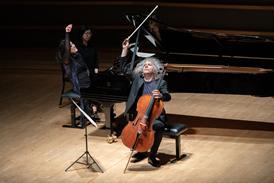

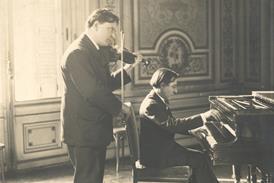
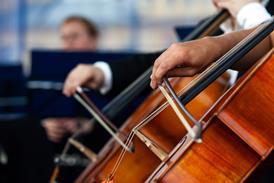

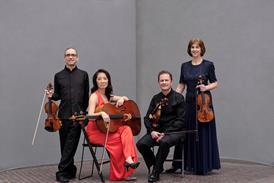
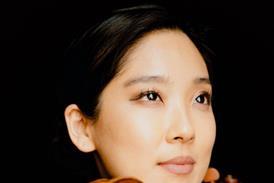




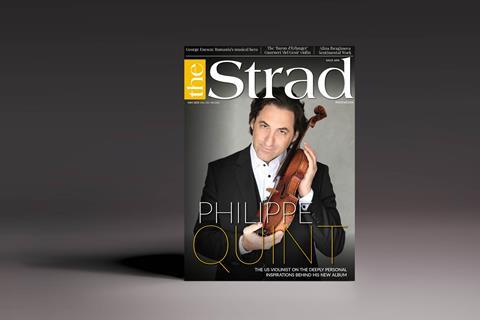




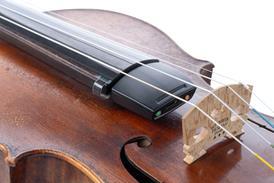
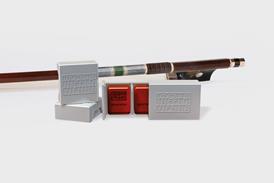
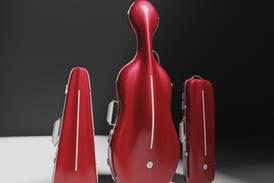















No comments yet